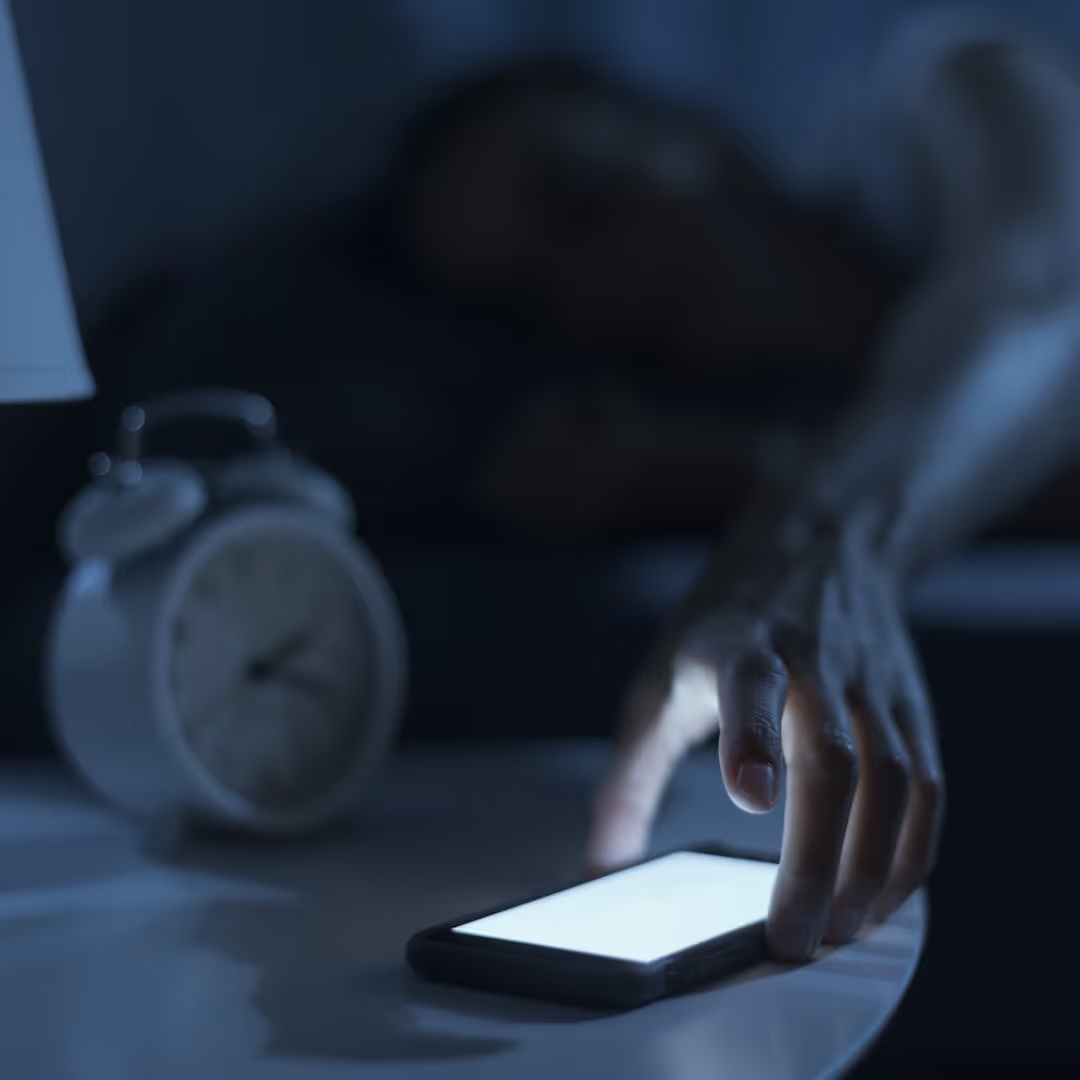



People often ask me about the medical risks that all this screen time is having on our kids—such as the development of eyesight problems or tendonitis. I get emails from ophthalmologists who are convinced that nearsightedness is increasing, but so far there are no long-term studies to say anything definitively. One thing studies do show is that plenty of time outside is needed to prevent nearsightedness.
People who spend long hours with computers, video game controllers, cellphones and the like are at higher risk of developing musculoskeletal pains which can develop in the neck, shoulders, thumbs, wrists, elbows and lower back. In a study of college students with very high cell phone use (vs. those with low usage), ultrasounds found that the group with high usage had enlarged median nerves and this was associated with causing more thumb pain.
There is no denying that screen time is coming into classrooms at a faster and faster rate and this has many people, including myself, concerned about how this will affect our kids' physical health—both in the short and long term. So what can we do to prevent strain and pain from tech use? It is one thing to know information and quite another to change behavior. I tell my medical students that the hardest (and most rewarding) thing you will do is to help people to make lasting behavior changes.
For this TTT let’s talk about physical health and screen time. Also, let's talk about what health information we have received in the past that has or has not changed our behaviors.
March 21, 2017
As well as our weekly blog, we publish videos like this one every week on the Screenagers YouTube channel
Learn more about showing our movies in your school or community!
Join Screenagers filmmaker Delaney Ruston MD for our latest Podcast

Learn more about our Screen-Free Sleep campaign at the website!
Our movie made for parents and educators of younger kids
Learn more about showing our movies in your school or community!
Learn more about showing our movies in your school or community!
Join Screenagers filmmaker Delaney Ruston MD for our latest Podcast

Learn more about our Screen-Free Sleep campaign at the website!
Our movie made for parents and educators of younger kids
Join Screenagers filmmaker Delaney Ruston MD for our latest Podcast
As we’re about to celebrate 10 years of Screenagers, we want to hear what’s been most helpful and what you’d like to see next.
Please click here to share your thoughts with us in our community survey. It only takes 5–10 minutes, and everyone who completes it will be entered to win one of five $50 Amazon vouchers.

People often ask me about the medical risks that all this screen time is having on our kids—such as the development of eyesight problems or tendonitis. I get emails from ophthalmologists who are convinced that nearsightedness is increasing, but so far there are no long-term studies to say anything definitively. One thing studies do show is that plenty of time outside is needed to prevent nearsightedness.
People who spend long hours with computers, video game controllers, cellphones and the like are at higher risk of developing musculoskeletal pains which can develop in the neck, shoulders, thumbs, wrists, elbows and lower back. In a study of college students with very high cell phone use (vs. those with low usage), ultrasounds found that the group with high usage had enlarged median nerves and this was associated with causing more thumb pain.
There is no denying that screen time is coming into classrooms at a faster and faster rate and this has many people, including myself, concerned about how this will affect our kids' physical health—both in the short and long term. So what can we do to prevent strain and pain from tech use? It is one thing to know information and quite another to change behavior. I tell my medical students that the hardest (and most rewarding) thing you will do is to help people to make lasting behavior changes.
For this TTT let’s talk about physical health and screen time. Also, let's talk about what health information we have received in the past that has or has not changed our behaviors.
March 21, 2017
As well as our weekly blog, we publish videos like this one every week on the Screenagers YouTube channel
Sign up here to receive the weekly Tech Talk Tuesdays newsletter from Screenagers filmmaker Delaney Ruston MD.
We respect your privacy.

People often ask me about the medical risks that all this screen time is having on our kids—such as the development of eyesight problems or tendonitis. I get emails from ophthalmologists who are convinced that nearsightedness is increasing, but so far there are no long-term studies to say anything definitively. One thing studies do show is that plenty of time outside is needed to prevent nearsightedness.
People who spend long hours with computers, video game controllers, cellphones and the like are at higher risk of developing musculoskeletal pains which can develop in the neck, shoulders, thumbs, wrists, elbows and lower back. In a study of college students with very high cell phone use (vs. those with low usage), ultrasounds found that the group with high usage had enlarged median nerves and this was associated with causing more thumb pain.
There is no denying that screen time is coming into classrooms at a faster and faster rate and this has many people, including myself, concerned about how this will affect our kids' physical health—both in the short and long term. So what can we do to prevent strain and pain from tech use? It is one thing to know information and quite another to change behavior. I tell my medical students that the hardest (and most rewarding) thing you will do is to help people to make lasting behavior changes.
For this TTT let’s talk about physical health and screen time. Also, let's talk about what health information we have received in the past that has or has not changed our behaviors.
March 21, 2017
As well as our weekly blog, we publish videos like this one every week on the Screenagers YouTube channel

Many adults keep their phones by the bed — it feels harmless, even necessary. But what if that habit is quietly affecting our sleep and the example we set for our kids? In this week’s blog, Dr. Ruston shares two key things every parent should know about sleeping next to a phone, and how small nighttime tech changes can make a big difference for the whole family.
READ MORE >
From Call of Duty and Grand Theft Auto to violence and gunfire in movies and shows, aggression is a constant backdrop in boys’ media diets. And with various influencers and online personalities framing success through the lens of strength, competition, dominance and winning, boys are being handed a narrow script for masculinity. As parents, one of the most important things we can do is offer a counterweight. We can help boys strengthen empathy, compassion, and respect as core traits of masculinity, so they have a broader, healthier vision of who they can become.
READ MORE >
Last week we introduced you to our Screen-Free Sleep campaign! Since then, we’ve been flooded with emails and calls, and most are asking the same question: How can we get this spreading in our school? Today’s blog has the answers.
READ MORE >for more like this, DR. DELANEY RUSTON'S NEW BOOK, PARENTING IN THE SCREEN AGE, IS THE DEFINITIVE GUIDE FOR TODAY’S PARENTS. WITH INSIGHTS ON SCREEN TIME FROM RESEARCHERS, INPUT FROM KIDS & TEENS, THIS BOOK IS PACKED WITH SOLUTIONS FOR HOW TO START AND SUSTAIN PRODUCTIVE FAMILY TALKS ABOUT TECHNOLOGY AND IT’S IMPACT ON OUR MENTAL WELLBEING.
